STRILights
Join us to celebrate some of the discoveries and achievements made in 2019

Dear Friends,
I’m delighted to share some Smithsonian Tropical Research Institute (STRI) 2019 highlights and to express my sincere gratitude to the entire STRI community for their dedicated work. I also want to thank our many enthusiastic supporters for helping us advance our mission.
2019 was a great year: four exceptional staff scientists joined our team and many of our researchers received awards and recognition for their work. We authored 523 scientific publications--the most ever in a single year! and hosted more than 1,200 scientific visitors from around the world.
Without the remarkable STRI community, our unwavering supporters, and the people of Panama, we would not have been able to fulfill our important mission.
Thank you for making 2019 a memorable year and Happy Holidays!
New Staff Scientists
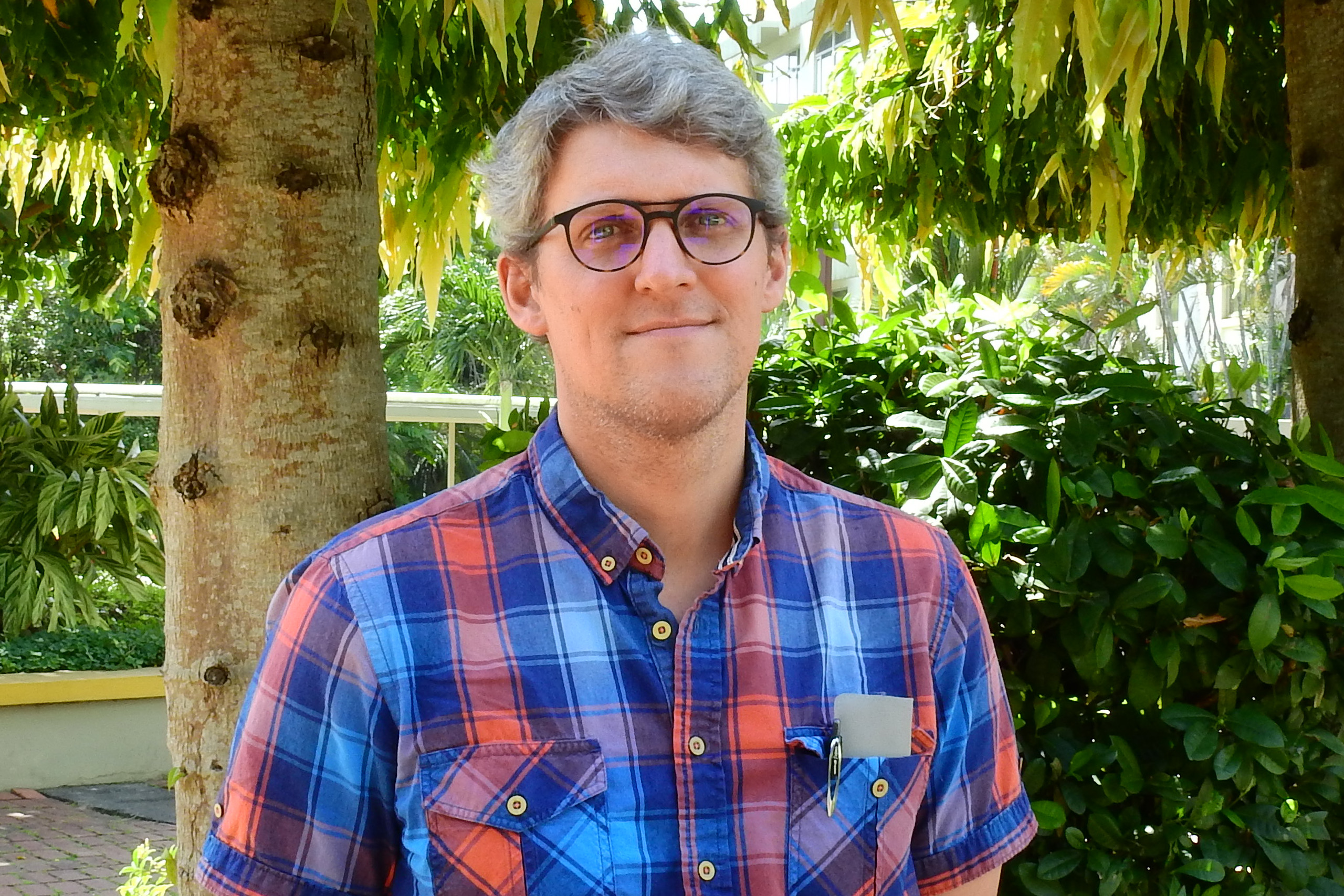
Kirk Broders
Kirk comes to STRI from Colorado State University where, as an associate professor in bioagricultural sciences and pest management, he improved prediction of plant disease spread and severity and developed genome-enabled surveillance systems and quick responses to emerging pathogens. In Panama, he will address the impact of climate change on the spread and evolution of fungal pathogens and develop global models to predict the evolution of new diseases.

Sean Connolly
Sean joins us from James Cook University in Australia, where he developed a research program in ecological modelling as applied to coral reefs. By combining mathematical and statistical modelling with field- and laboratory experiments, he reveals the dynamics of biological turnover at all scales: from the ecophysiology of individuals to species interactions and macroevolution. In Panama, he plans to take a fresh look at how marine ecosystems transformed during the emergence of the Isthmus.
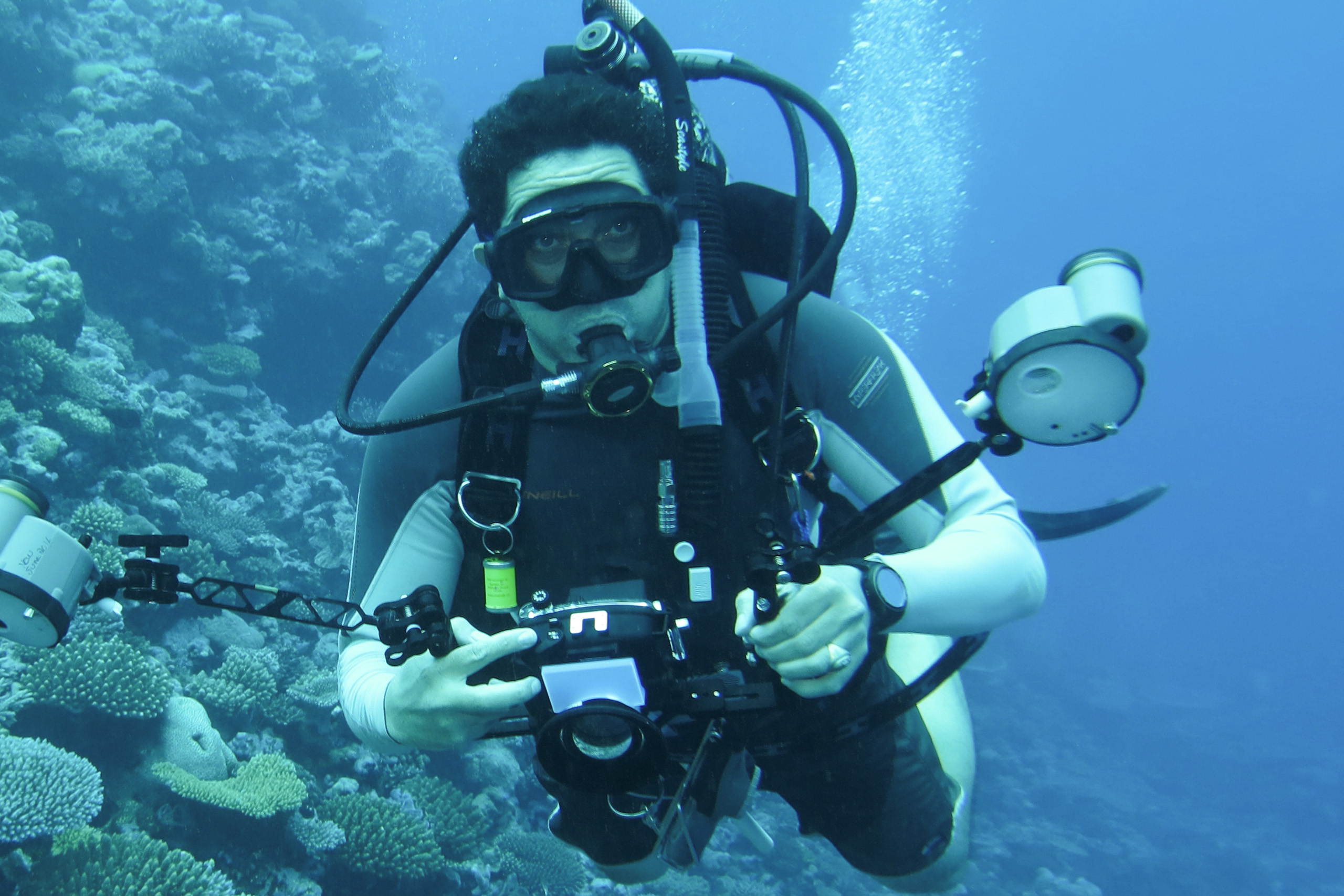
David Kline
David is a marine ecologist formerly at Scripps Institution of Oceanograpy who studies the fate of coral reefs in a rapidly changing world. He asks how reefs will change under the plethora of stresses they face, both local (pollution and disease) and global (warming and ocean acidification). He collaborates with engineers, computer scientists, chemists and physiologists to find ingenious ways to protect the future of coral reefs by developing innovative conservation technologies.
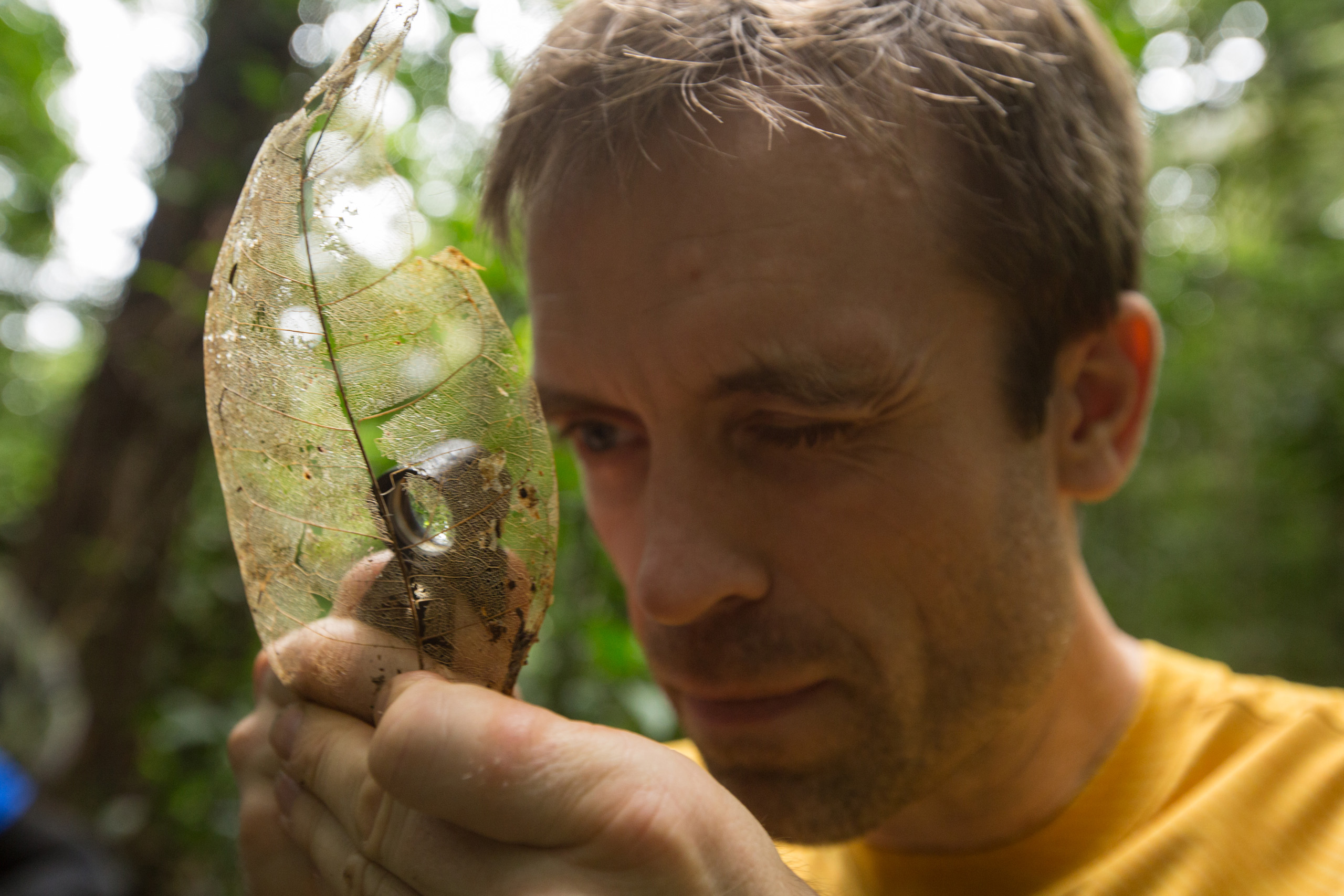
Martijn Slot
Martijn is a forest ecologist from the Netherlands who studies how the physiology, growth and reproduction of tropical plants are affected by climate change. By combining experiments, field observations, and—with collaborators—model simulations, he aims to understand how plants adjust to changes in their environment. Ultimately, this research predicts plant responses to ongoing environmental changes. As a staff scientist he will strengthen the connections between plant physiology and forest ecology, by scaling up understanding of leaf physiology to processes at the whole-forest scale.
A Year of Achievements

A New Member of the National Academies of Science
Senior scientist emeritus Jeremy Jackson became the fifth STRI staff scientist to be named as a member of the U.S. National Academies of Science. During his tenure at STRI, Jeremy Jackson founded the Panama Paleontology Project, the group of geologists and paleontologists who originally determined the age of the Isthmus of Panama. He continues to play an important leadership role in marine conservation and science communication. Currently, he is a visiting scientist at the American Museum of Natural History and senior advisor on coral reef health for the International Union for the Conservation of Nature.
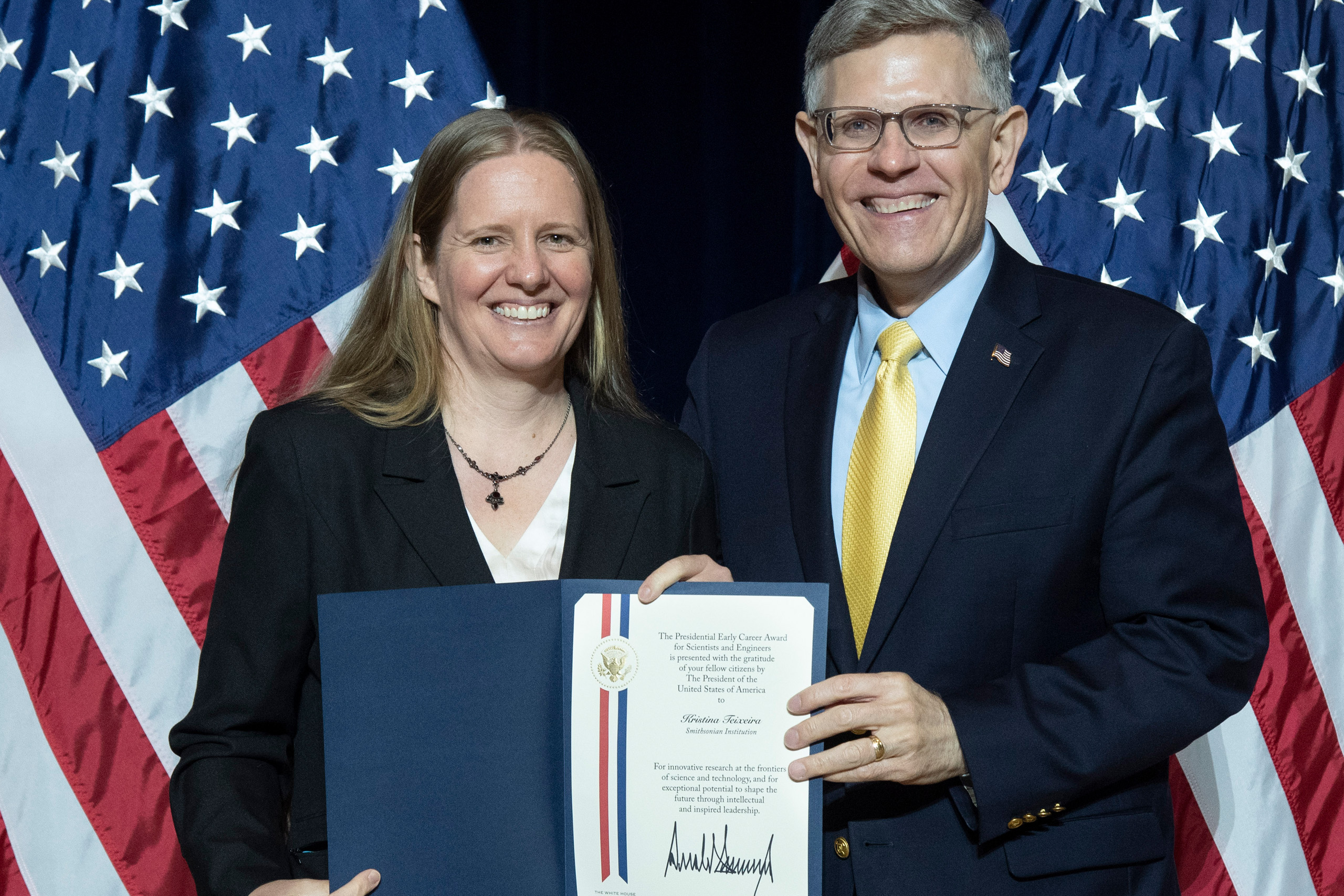
A Presidential Early Career Award
Kristina Anderson-Teixeira, leader of the ForestGEO Ecosystems and Climate Program at STRI and the Smithsonian Conservation Biology Institute, received the Presidential Early Career Award for Scientists and Engineers (PECASE), the highest honor given by the U.S. government to early career scientists and engineers who show exceptional promise for leadership in science and technology. Through her work at ForestGEO, Kristina pieces together the big picture of forest response to climate change around the world. Read article

Evolutionary Developmental Biology Award
Mary Jane West-Eberhard, staff scientist emerita and member of the National Academy of Sciences, received the prestigious Rudolf A. Raff Pioneers Award from the Pan American Society of Evolutionary Developmental Biology. This honor is given to a researcher who has contributed in exceptional ways and pioneered new directions in the field of evolutionary developmental biology.

L'Oréal-UNESCO National Prize for Women in Science
Gina Della Togna, associate researcher at STRI and academic researcher at the Inter-American University of Panama, received the 2019 L'Oréal-UNESCO National Prize for Women in Science. The award was granted for her research project, “Characterization of reproductive physiology and development of assisted reproduction techniques in six species of amphibians in danger of extinction in Panama.”
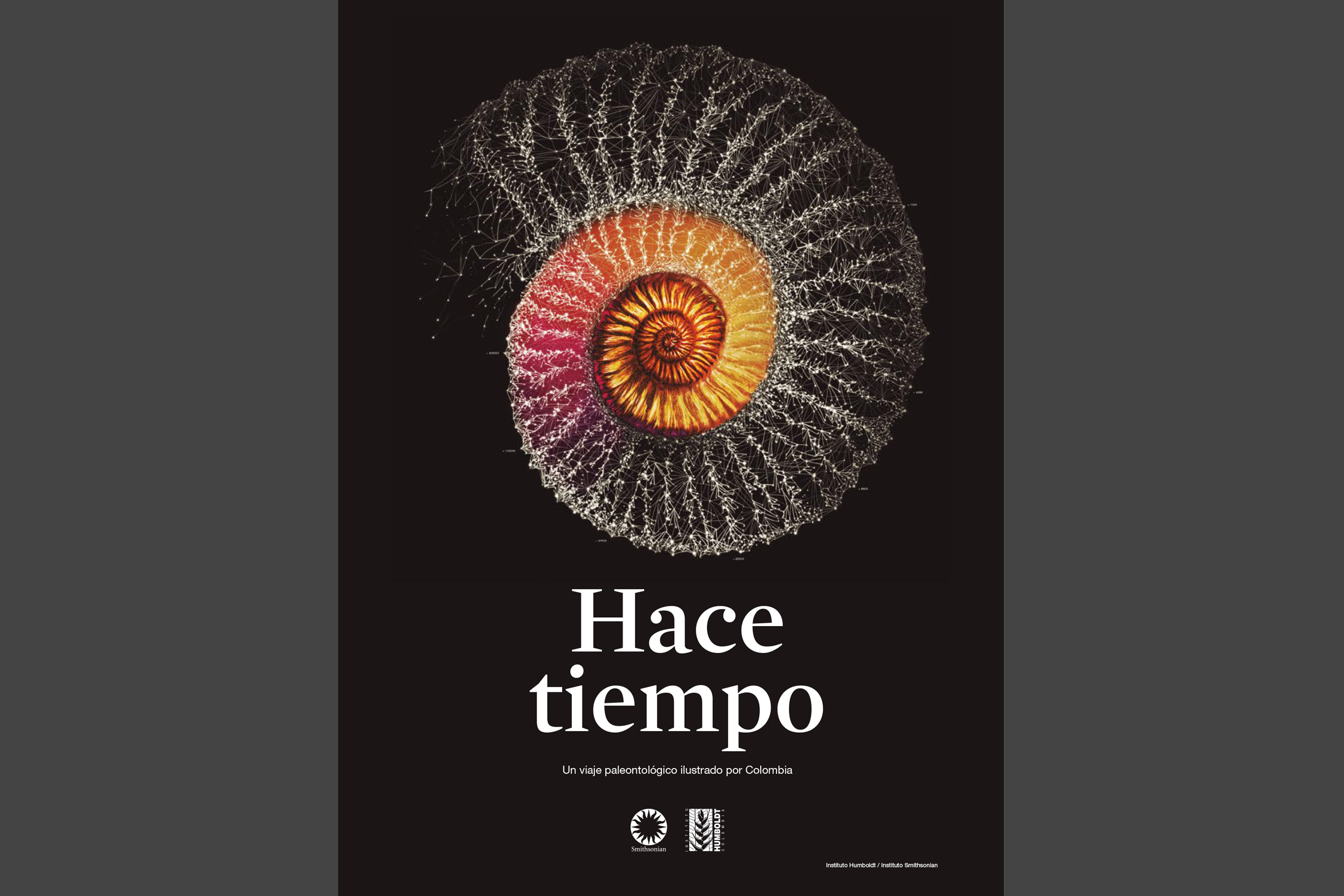
Colombian Prize in Science and Solidarity
The book “Long Ago: an illustrated paleontological journey through Colombia” received Colombia’s Alejandro Ángel Escobar Prize in Science and Solidarity in the category of Exact, Physical and Natural Sciences, the highest scientific award in the country. The book initiative, led by STRI paleontologist Carlos Jaramillo and the Alexander von Humboldt Institute, integrated the work of 26 scientists. They produced a stunning visual narrative journey through the history of Colombia's biodiversity based on its rocks and fossils.
Research Highlights

Evolution is Not Predictable
The existence of similar wing-color patterns among pairs of unrelated and geographically separated species of Heliconius butterflies has fascinated scientists for decades. Recently, a team working in Gamboa, including post-doctoral fellow Carolina Concha, used gene editing technology to uncover how two different species can, through evolution, look identical over time. They found that, although similar forces, like predators or mating, may be driving the evolution of similar wing-color patterns, the pathway to that outcome is not predictable. Read article
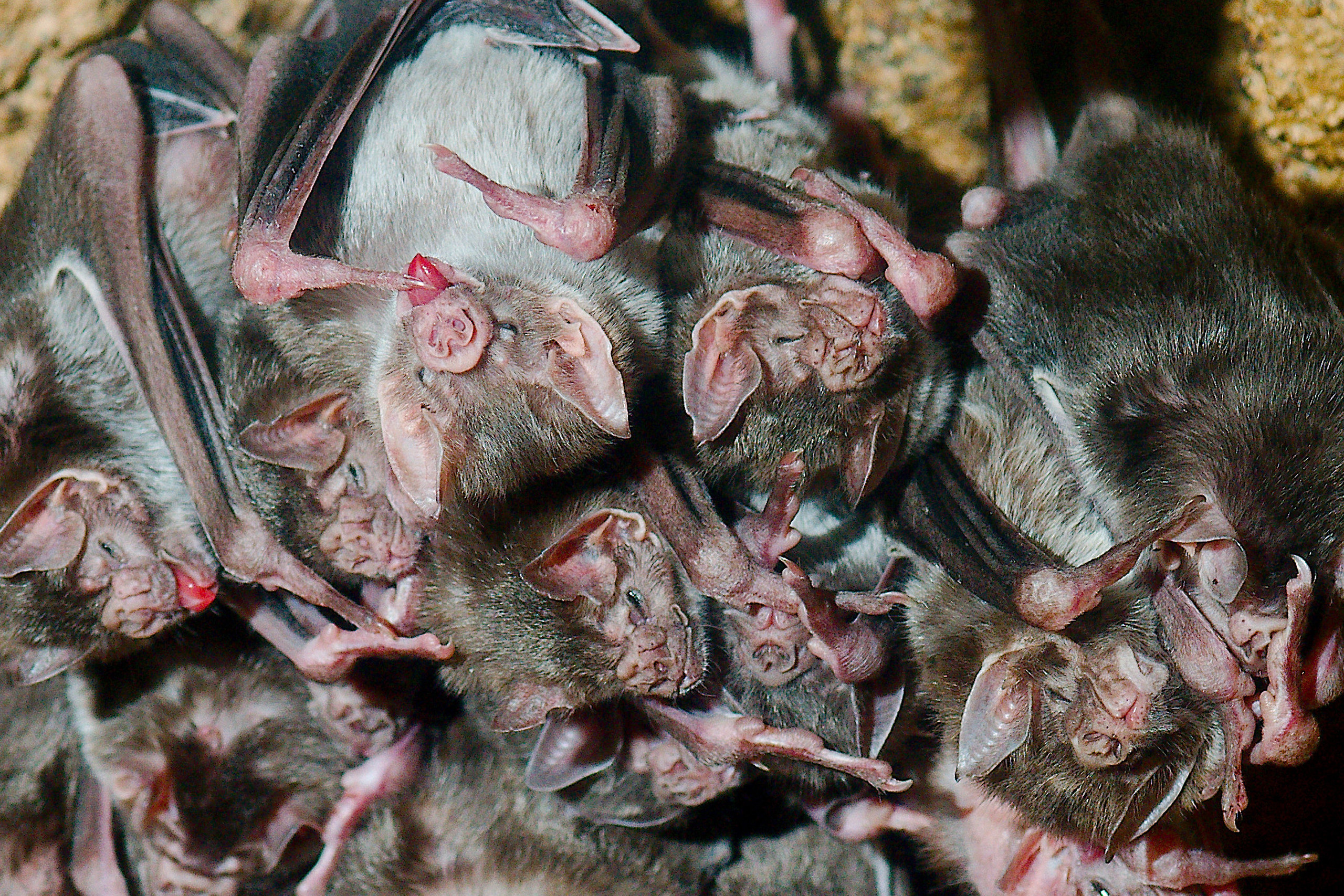
Some Bats are Friendly, Others Spy on Their Prey
Vampire bats form friendship-like social bonds that persist across a dramatic shift from the lab to the wild, according to a study by STRI research associate Gerald Carter, who found that putting the bats into constant captive association made them more likely to share food. Once released back into their natural colony in the wild, their social bonds persisted. In a review of bats’ predatory behavior, STRI staff scientist Rachel Page found that bats listen attentively for sounds emitted by prey, and also pay attention to other bats as they hunt, learning from one another. Read article
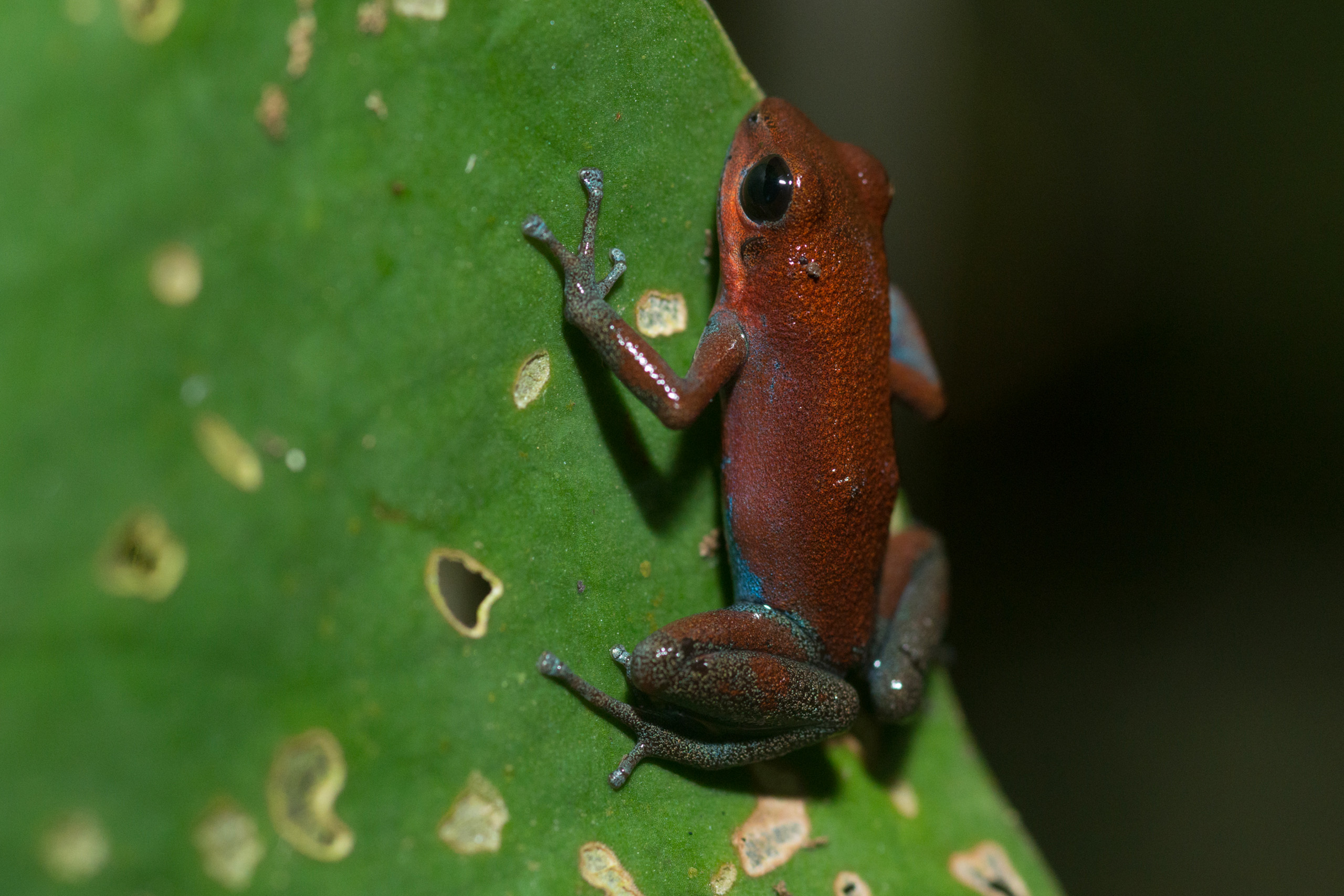
Mom’s Color May Influence Evolution
Poison dart frogs in Panama’s Bocas del Toro province may be orange, green, blue or red. On some islands of the archipelago, only one-color morph exists. In a study that made it to the cover of Nature, research associate Corinne Richards-Zawacki and Yusan Yang, a former Stanley Rand Fellow, found that maternal imprinting, or the color of their mother, strongly influences the way female frogs choose their mates and how male frogs perceive their rivals. Their findings led to a mathematical model showing that male aggression and female mate choice based on imprinting could eventually lead two color morphs to become separate species. Read article
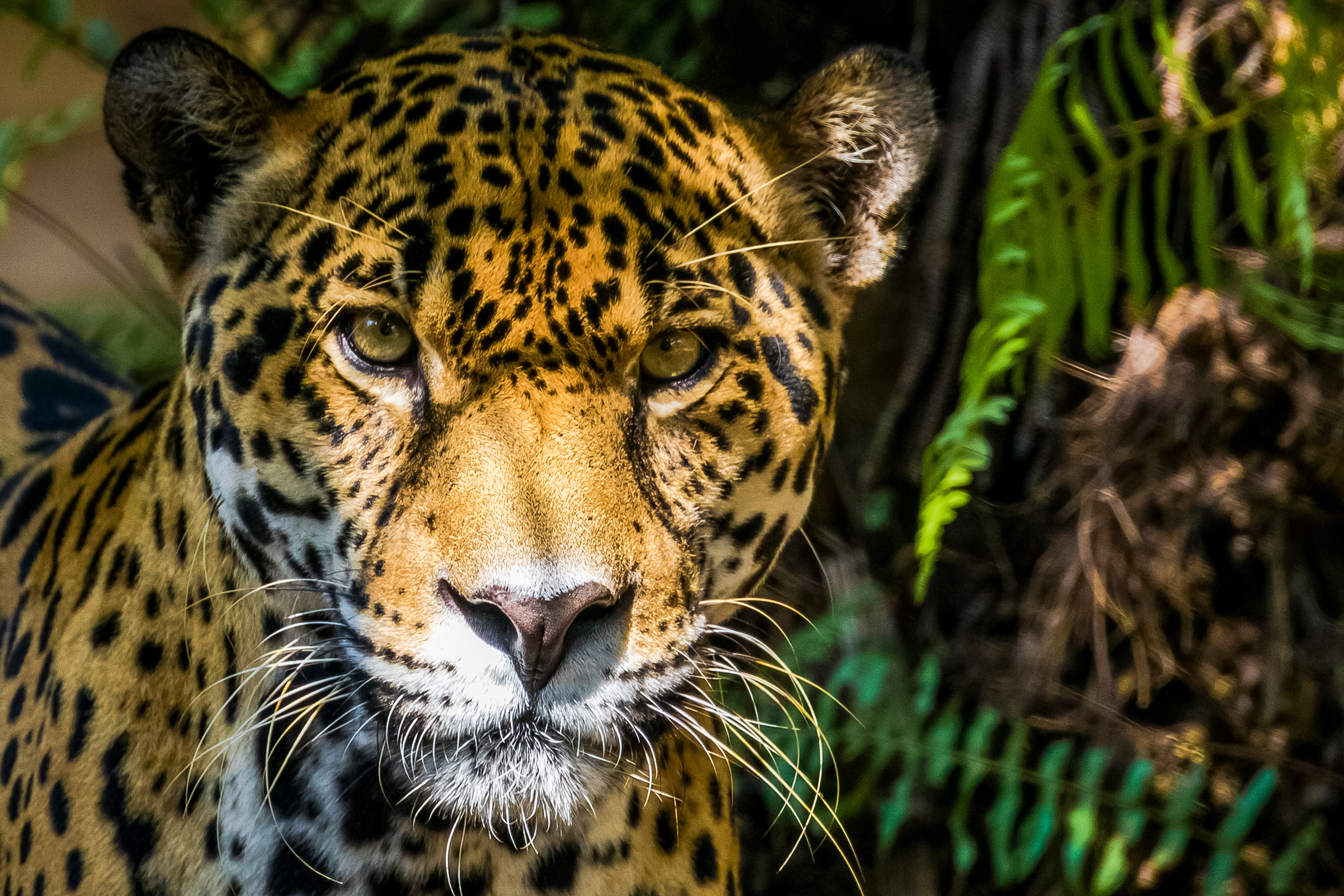
Panama, a “Weak Link” in the Mesoamerican Corridor
The continued expansion of human populations leads to habitat fragmentation along what we know as the Mesoamerican Biological Corridor, a system of protected areas and forested corridors connecting wildlife from Panama to México. To assess the health of the corridor, a group of scientists including STRI research associate Ricardo Moreno (a wildlife biologist) set up 418 camera traps in forested areas. They found that only two areas in Panama offer a healthy habitat for all mammals and that central Panama is degraded. This important study helps to fill a void of scientific evidence, highlighting Panama's central role in maintaining the connectivity of these habitats, as well as the country’s impact on the entire corridor. Read article
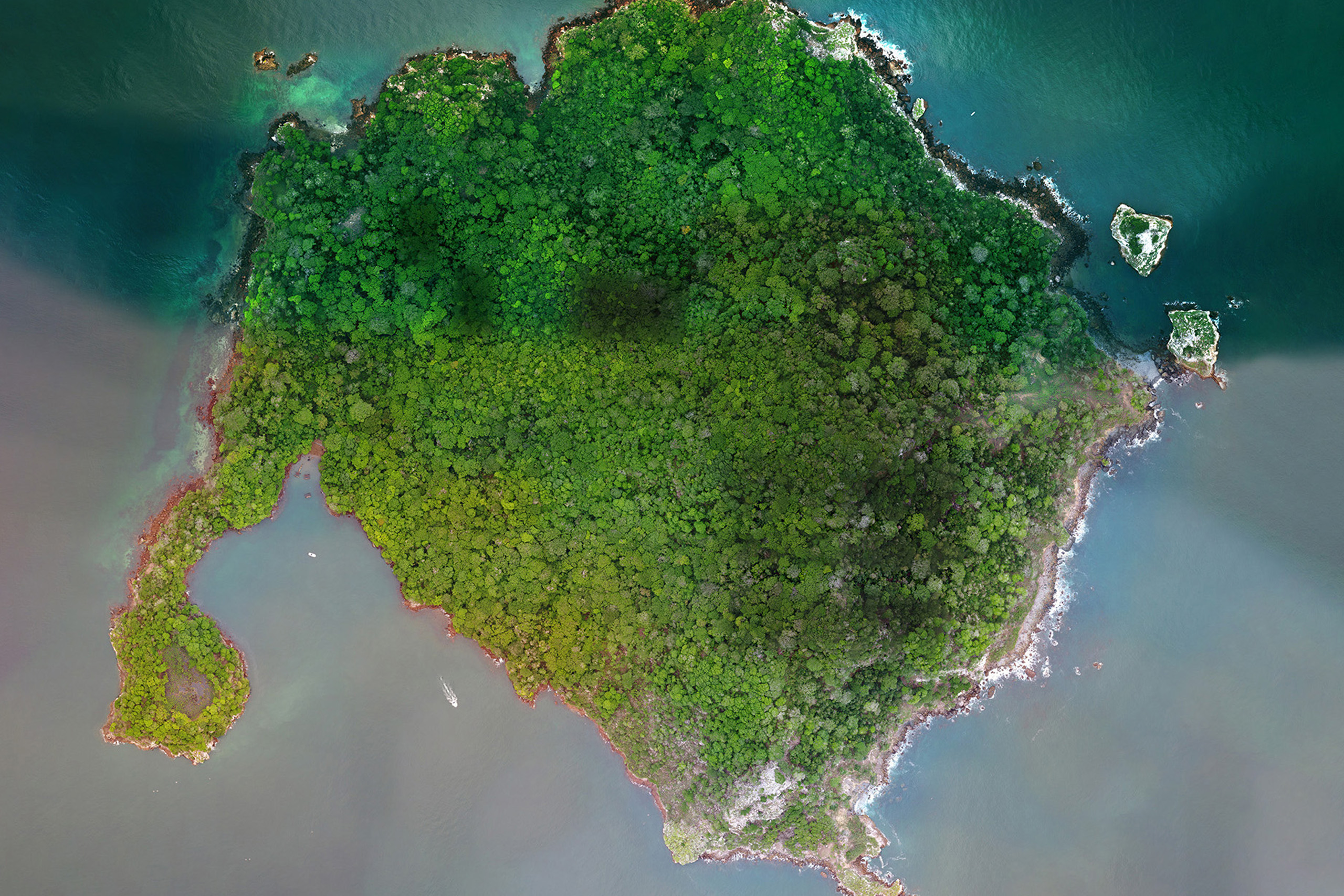
Boná Island, a Wildlife Refuge
Boná, an island in the Bay of Panama, was in the news for much of the year after news was released that it had been destined to become an oil terminal. Panamanian conservationists proposed a new reserve, putting data from staff scientist Héctor Guzmán and research associate George Angehr to work to underscore the importance of Boná as seabird nesting habitat. In December, the Ministry of Environment declared the island a Wildlife Refuge.
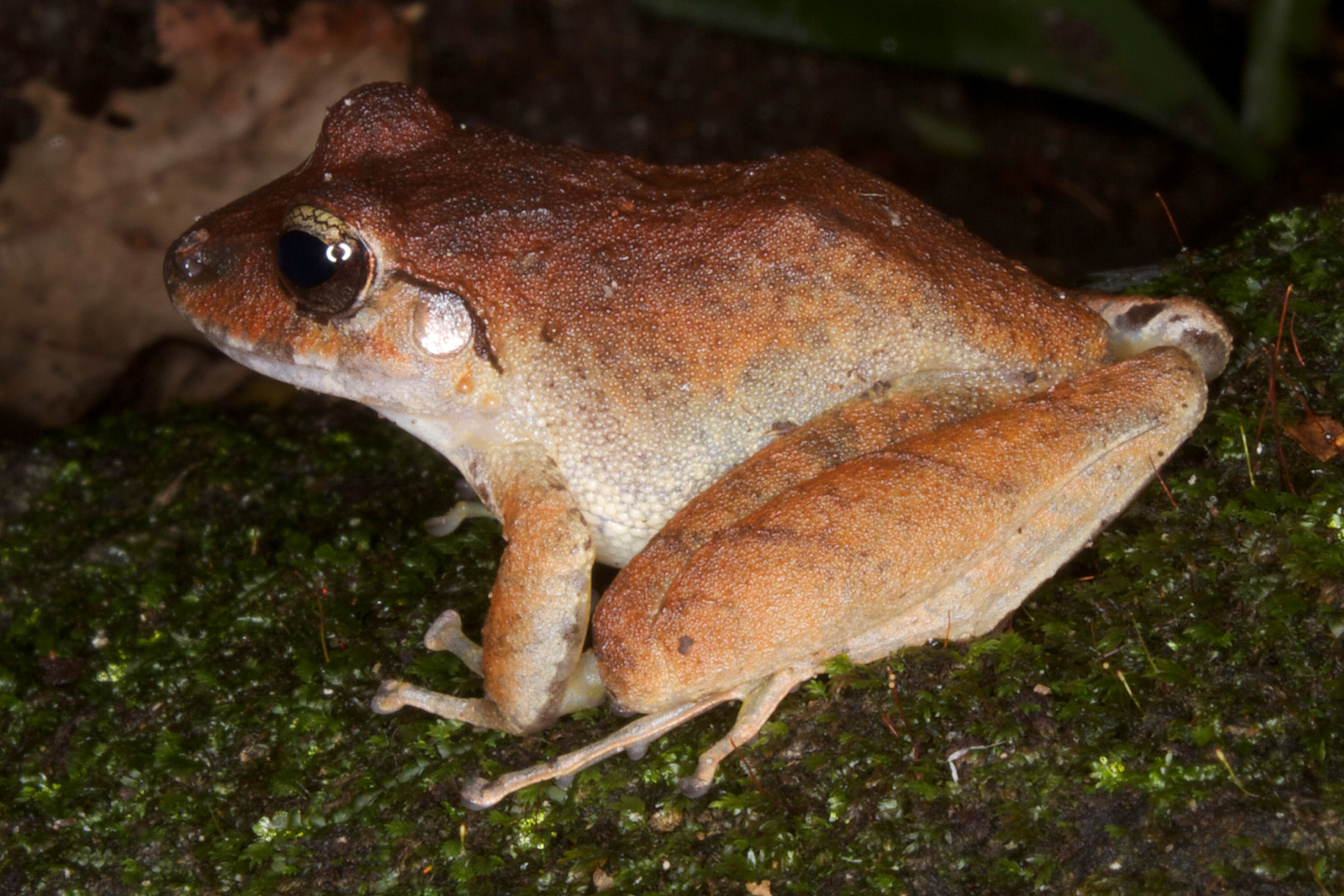
Amphibian Skin Pharmaceuticals
A study of frog species from the Panama highlands, conducted by a team including staff scientist Roberto Ibáñez, found frog skin bacteria that exhibits resistance to the chytrid fungus, which causes a lethal disease that has decimated amphibian populations worldwide. One of these bacteria also showed strong potential against Aspergillus fumigatus, a fungus affecting humans, especially immunocompromised patients. Further research on Panamanian frog skin may lead to the development of alternative drugs to treat fungal infections in humans and amphibians. Read article

Restoring Manatee Populations
STRI marine ecologist Héctor Guzmán proposed a technique to aid manatee populations by listening in on their underwater calls. Populations of this endangered marine mammal have been decreasing for a decade. To prevent their demise, conservationists need to estimate their numbers and understand how they use their habitat. Fortunately, given that their calls can be traced back to specific individuals, this new acoustic-monitoring technique may become a valuable tool for ecologists to infer the seasonal presence of manatees at certain sites. Read article
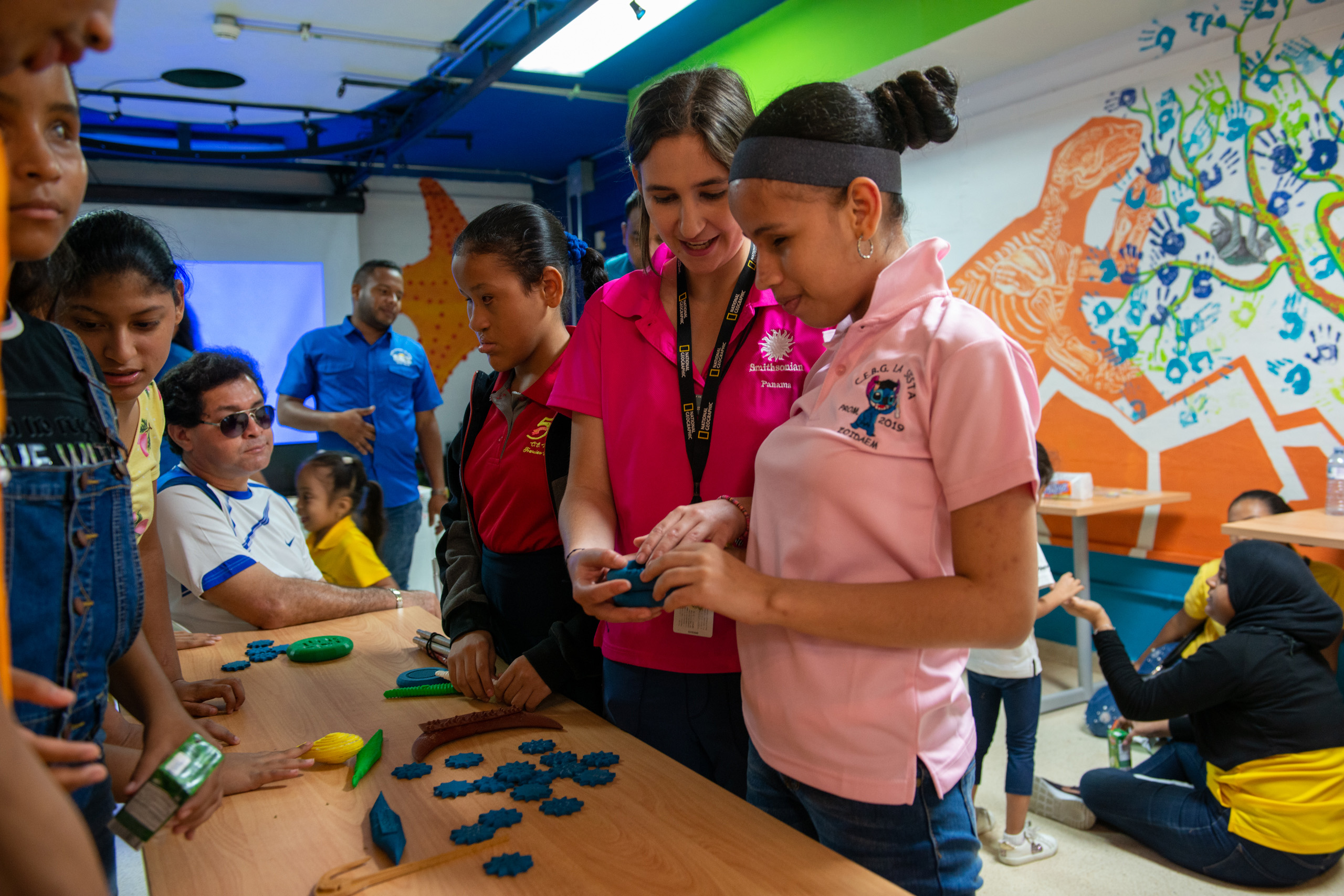
A Reputable Scientific Institution
In a recent public perception survey performed by Ipsos, a global leader in market research, STRI was rated as the most reliable scientific institution in Panama. In comparison to the 2017 Ipsos survey, public awareness of Punta Culebra Nature Center improved and the presence of STRI in social networks exhibited accelerated growth.
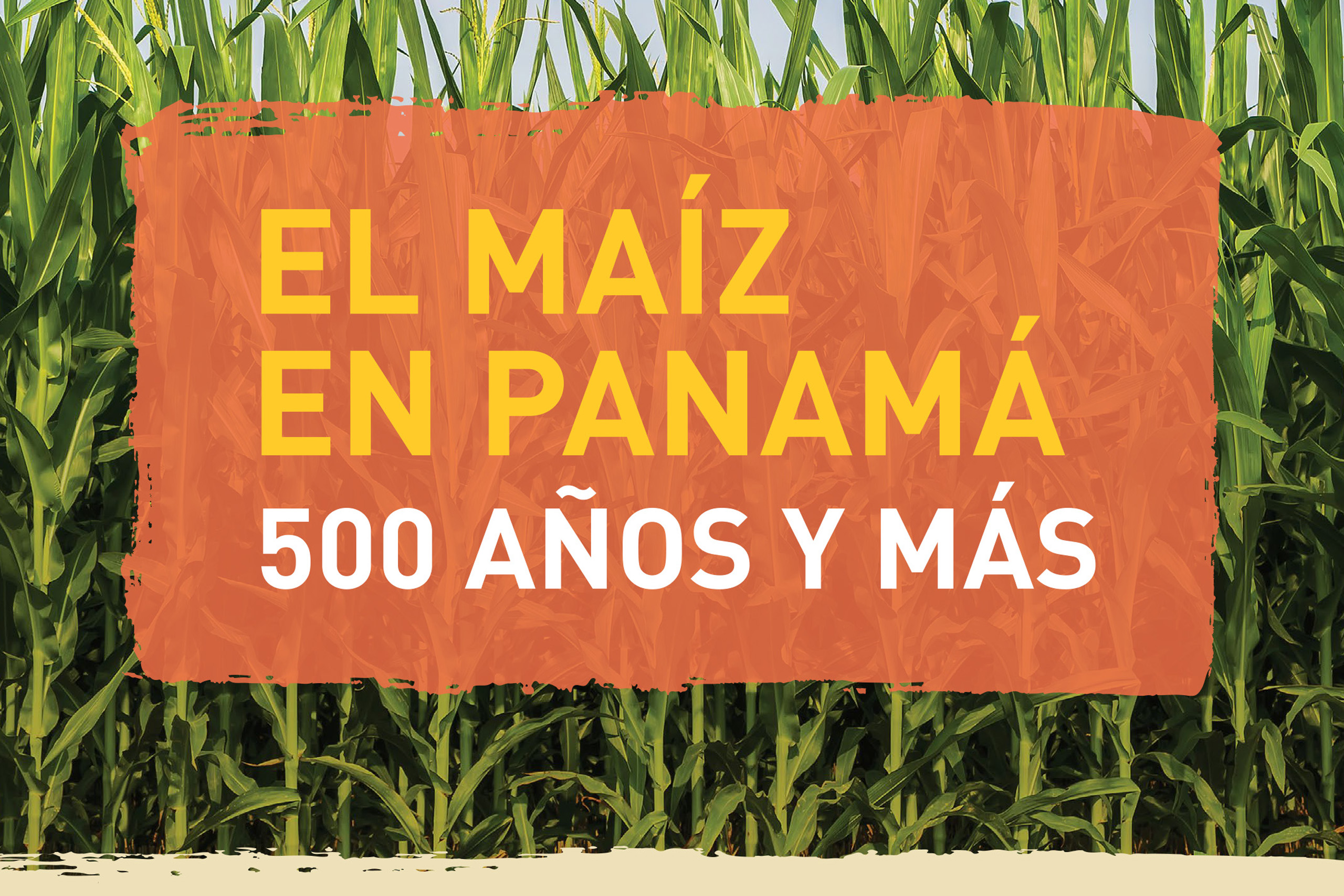
Corn Exhibit
To celebrate the 500th Anniversary of Panama City, we paid homage to corn, a food plant that has been closely linked to the Panamanian diet and culture since pre-Columbian times. The itinerant exhibit made its way around Panama City, stopping at Albrook Mall, the Panama Canal Museum in Casco Viejo, the Biomuseo in the Amador Causeway and the Panama Viejo Archaeological Site. In 2020, it will begin making its rounds in other provinces of the country. Read article
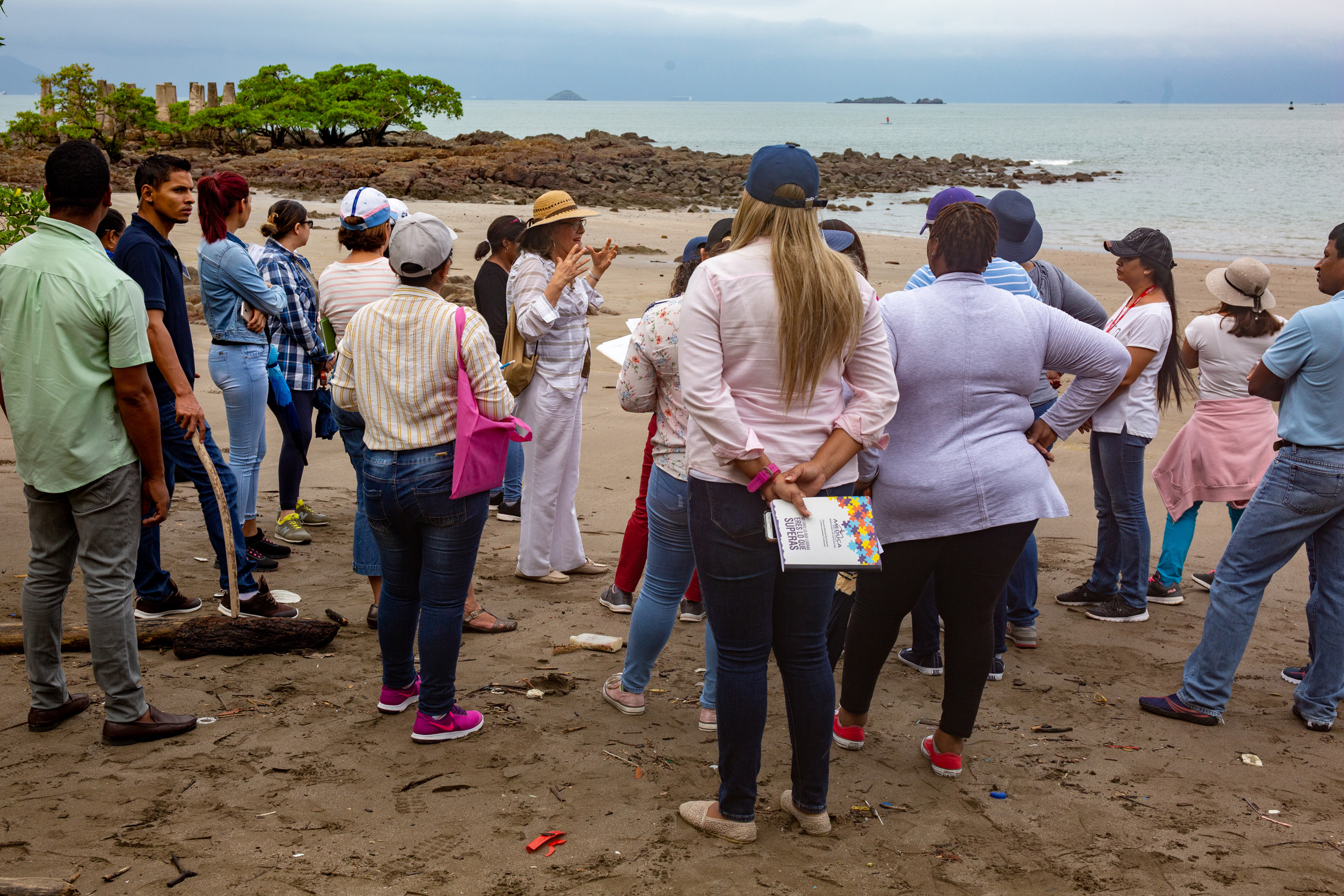
Teaching Teachers and Kids
In 2019, STRI hosted more than 76,000 children and families at their exhibits and educational programs. We continued our teacher training programs and engaged 27 teachers in Punta Culebra, 15 in Bocas del Toro and 40 in Punta Galeta, with the support of the International Community Foundation. Galeta also hosted a science camp for 40 youth at risk.
Women in Science
STRI supported a Smithsonian program to highlight the role of women by focusing on women in science. Click the image below to watch our video highlighting STRI’s past and current women scientists. Our own Oris Sanjur participated in a symposium “Working Women: The Smithsonian Institution as a Case study”, in Washington, D.C., co-leading a STRI hosted panel on Women in Science.
It’s been a great year!
From expanding new research frontiers to learning from the past to be able to predict the future, 2019 has been a great year for science. Thanks to supporters like you we can answer big questions that increase our understanding of tropical ecosystems.
Please join us on this path to keep increasing and diffusing knowledge of tropical biodiversity and its relevance to human welfare.
